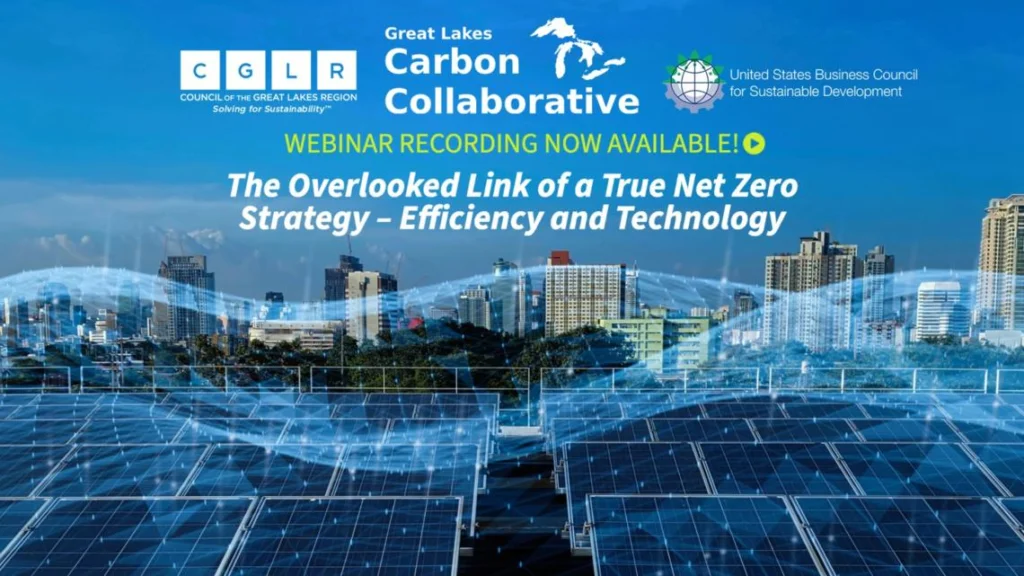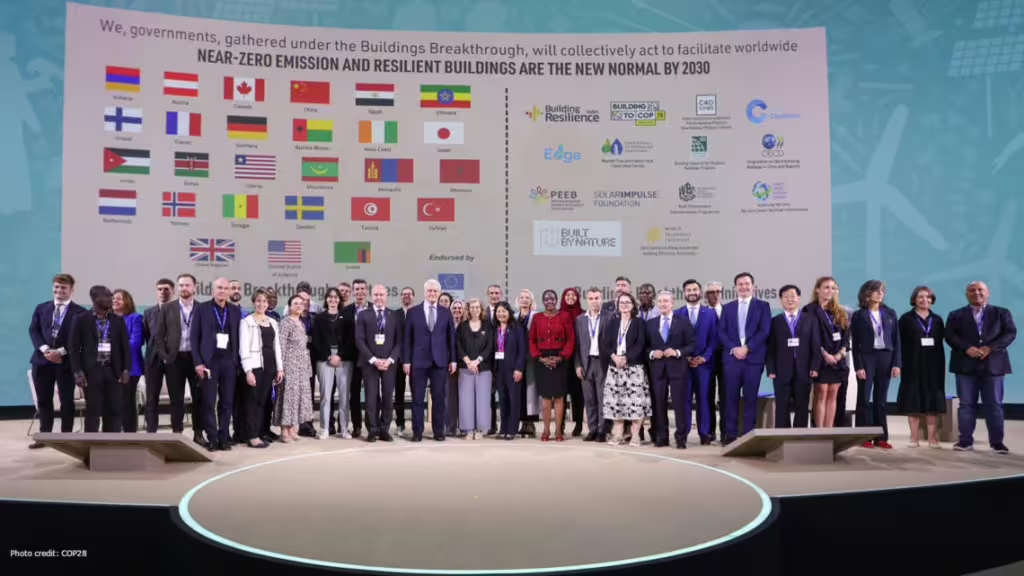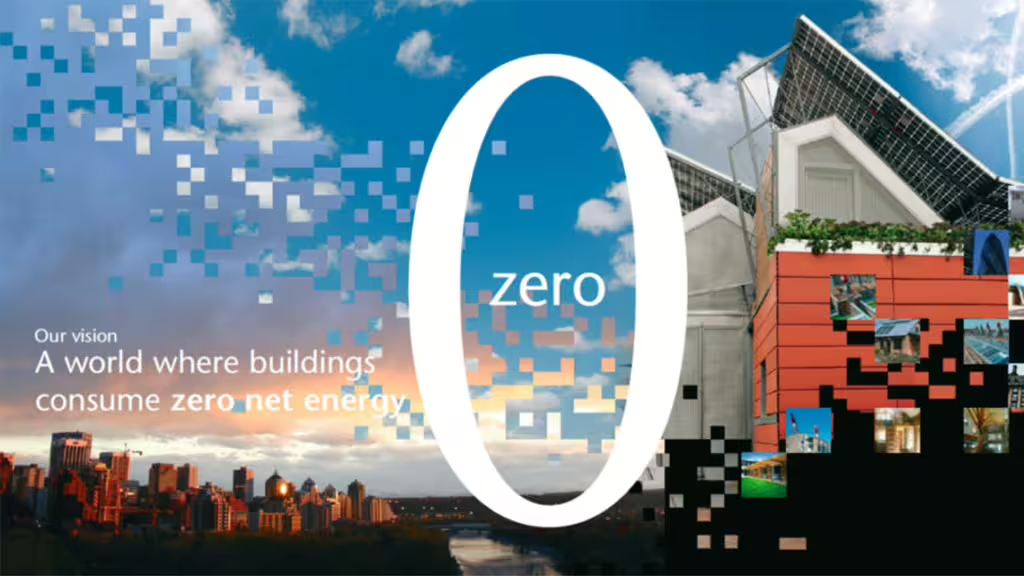Introduction
01
To meet the Paris Agreement objectives and limit global warming to 1.5˚C compared to pre-industrial levels, we must halve emissions from the built environment by 2030 and fully decarbonize it by 2050.
This can only be accomplished through collaboration along the whole value chain. Our Decarbonization workstream helps companies bring about the system transformation required by developing tools, coalitions and a common language.
The challenge
02
The built environment is currently responsible for almost 40% of global energy and process-related CO2 emissions.
To achieve full system decarbonization, we need to ensure each company focuses not only on its own emission reduction but also on how they can actively support an overall net-zero transition of buildings. Central to these efforts is achieving net zero for entire buildings across their full life cycle, rather than a siloed approach that detaches products in the system from one another.
The business case
03
To decarbonize the building system in line with the Paris Agreement, we need a low-carbon business vision and joint action.
This workstream offers a platform for multi-stakeholder collaboration that can accelerate the delivery of solutions for achieving net-zero emissions over the lifetime of built structures. The opportunity for businesses lies in developing, disseminating and sharing solutions and best practices.
The solution
04
Our Decarbonization workstream drives alignment and gathers best practices on net-zero solutions in the buildings and construction sector.
We bring companies together to overcome value chain fragmentation and to engage with policymakers, finance and civil society. Together, we advocate for actions and policies supporting market transformation toward a net-zero built environment. To reduce total life-cycle emissions of buildings, we develop guidance, metrics, and a common language that can serve as a base for decision-making and collaboration.
In this context, we have developed the Building System Carbon Framework. The Framework is an assessment tool representing the carbon emissions in the buildings and construction system. It helps companies understand where emissions occur all along the value chain and how they can work together to reduce them through a whole life-cycle approach. The Framework informs all further work to help companies collaborate and to use the influence of demand-side players, such as developers, investors and tenants to drive requirements for a Paris-aligned built environment.
WBCSD calls on the construction industry to adopt a whole life-cycle approach to assessing greenhouse gas (GHG) emissions from buildings. The built environment accounts for close to 40% of all energy-related GHG emissions each year. We must halve these emissions by 2030 to reach the climate targets of the Paris Agreement.
A key challenge for the industry on its path to net zero is that most building projects do not currently calculate and report their full carbon footprint. We need to understand the whole life carbon (WLC) impact of each building delivered by assessing emissions throughout the life cycle, from materials manufacturing to the demolition phase. This will allow us to set clear targets and drive carbon emissions reduction, as shown in our report “Net-zero buildings – Where do we stand?”.
To support these efforts, we are collecting WLC case studies from companies to create a body of evidence and foster shared learning. We call on stakeholders from across the built environment to conduct WLC assessments of their building projects and openly publish the results.
To participate in our case study collection, please send us WLC data from a building of your choice. Learn more about how to get involved by clicking on the icons below.

WBCSD unveils Built Environment Market Transformation Action Agenda during Buildings and Climate Global Forum
8 March, 2024

Council of the Great Lakes Region and USBCSD partner on Great Lakes Carbon Collaborative: insights from webinar on net zero
14 June, 2023

The Buildings Breakthrough: Global push for near-zero emission and resilient buildings by 2030 unveiled at COP28
6 December, 2023

Finance and built environment primer: Accelerating the decarbonization of the built environment through finance sector engagement
15 November, 2023

Energy Efficiency in Buildings Executive Brief #1 – Our vision: A world where buildings consume zero net energy
30 October, 2016

A Path to Alignment in the Built Environment
15 October, 2024
